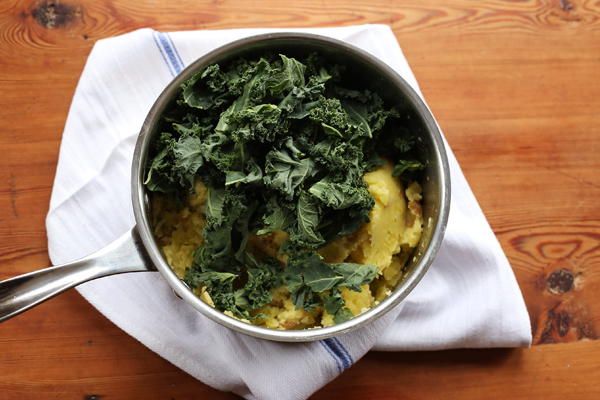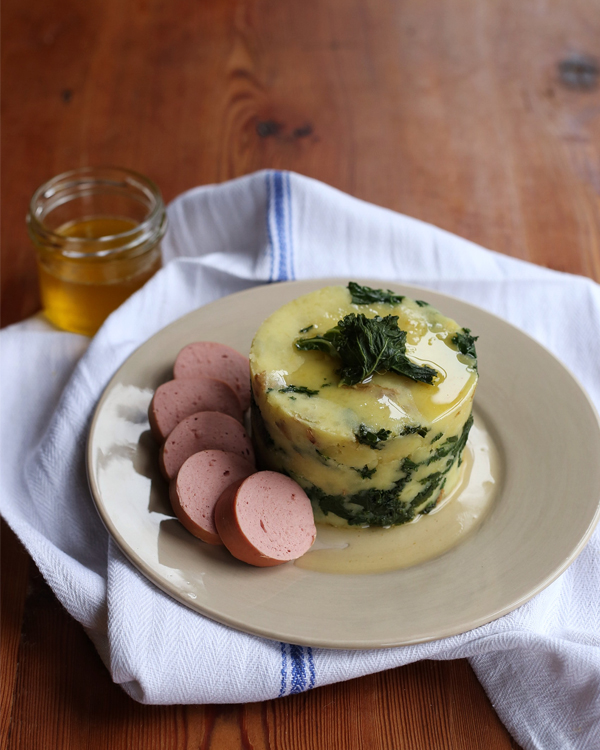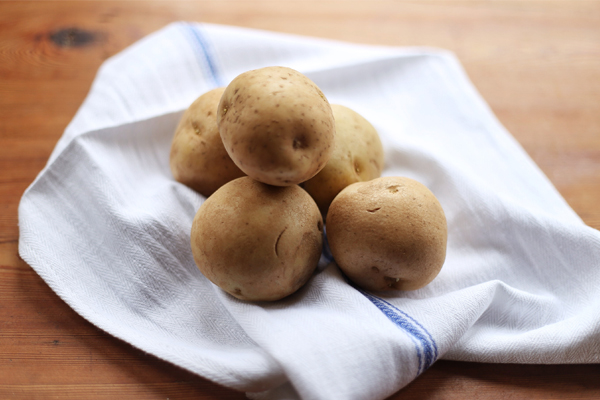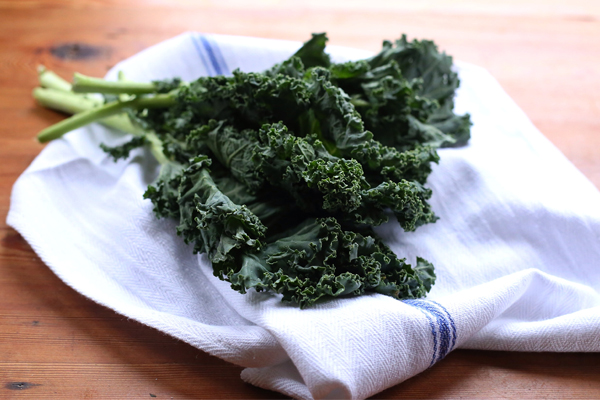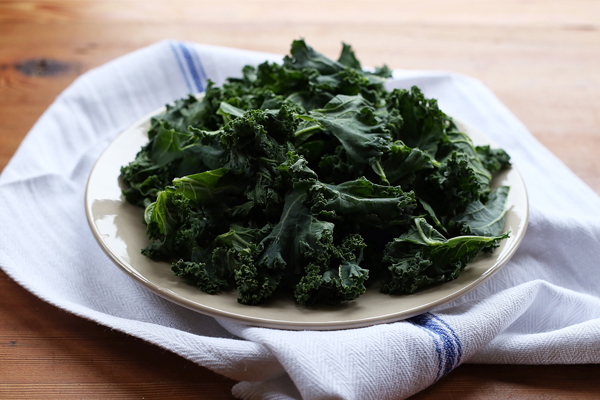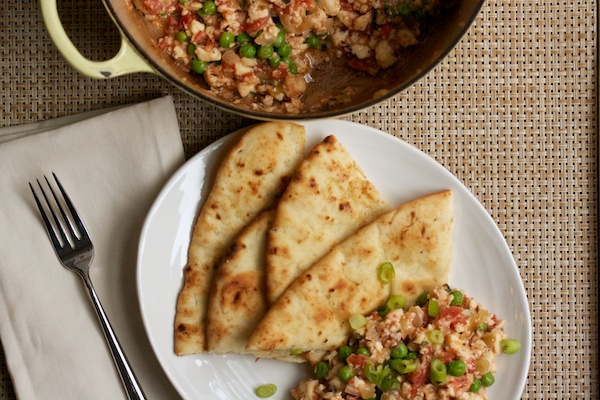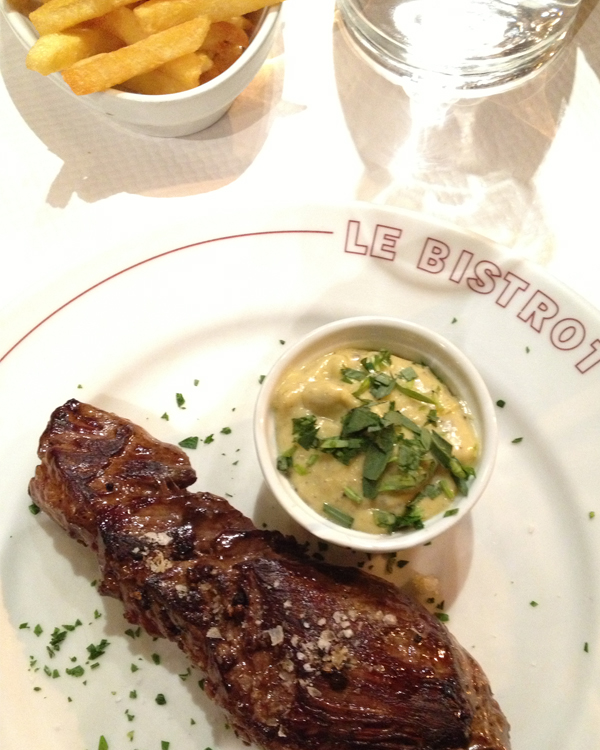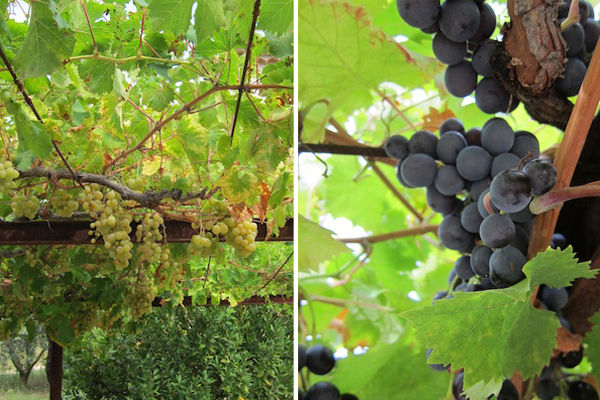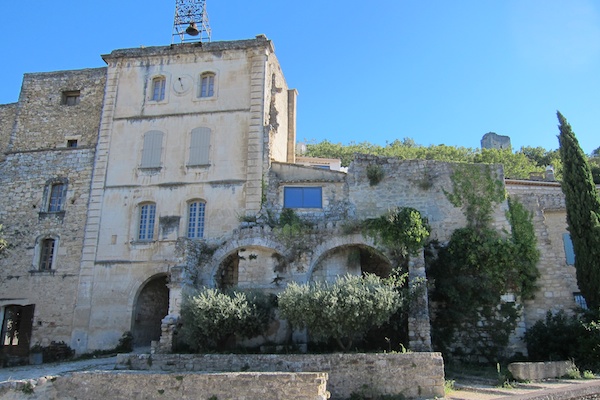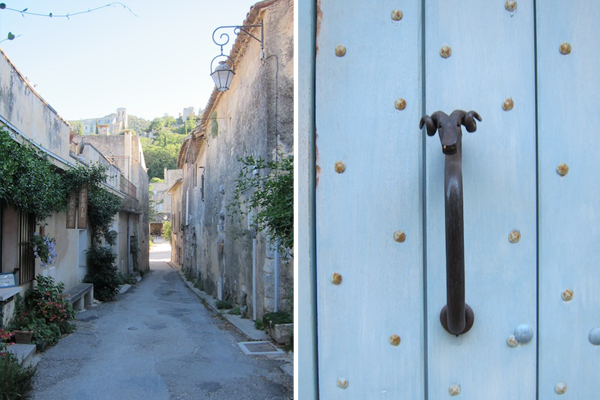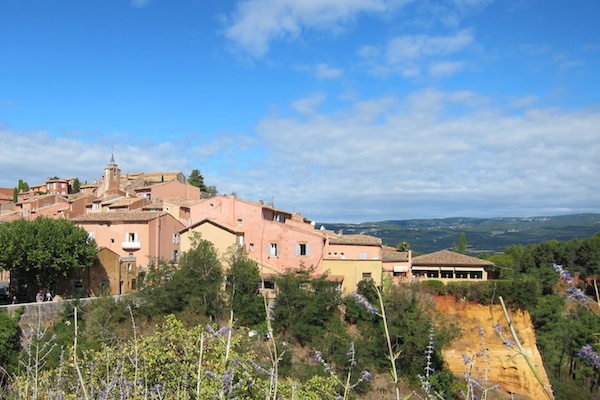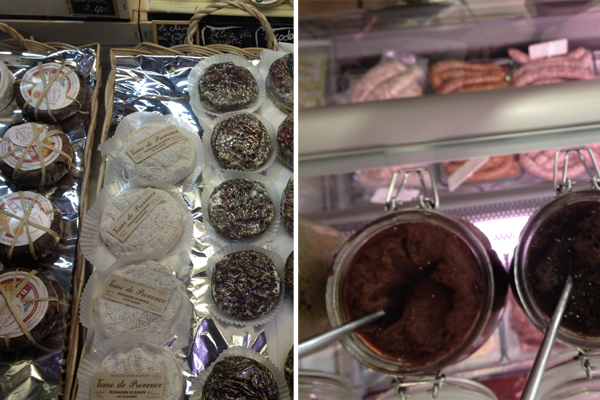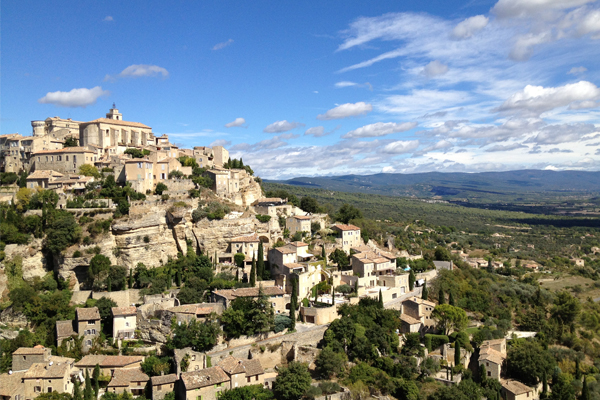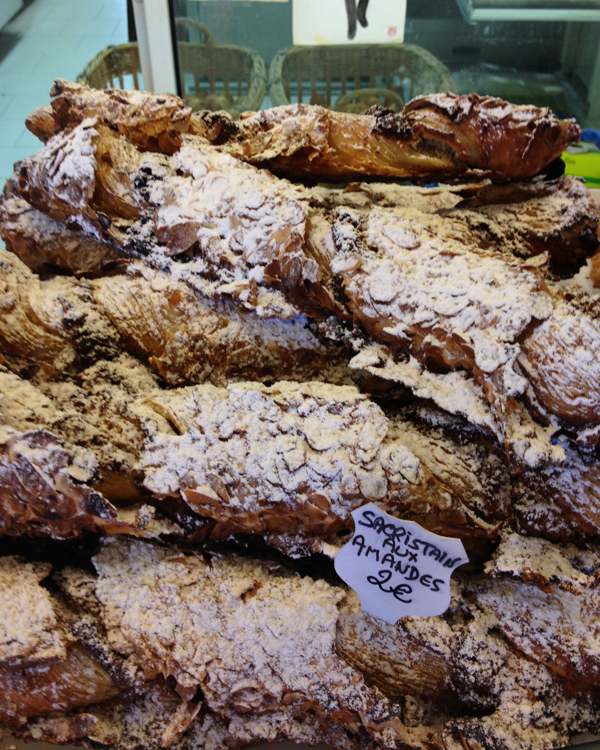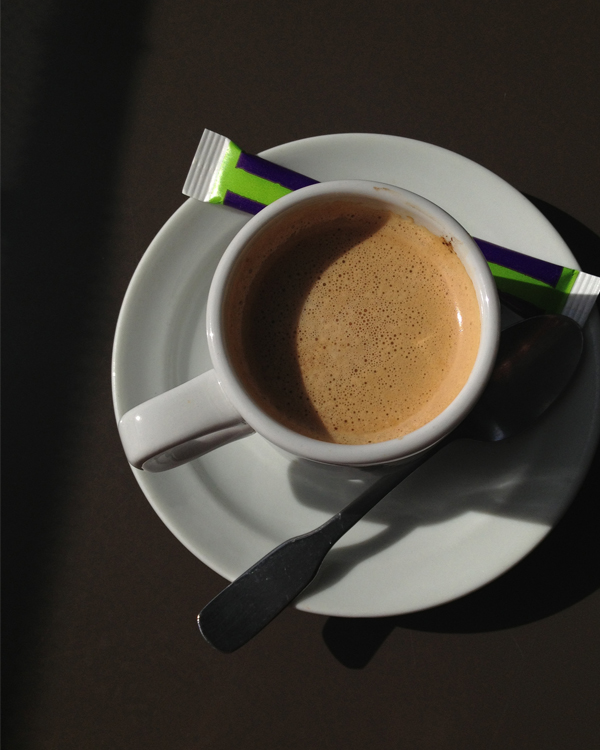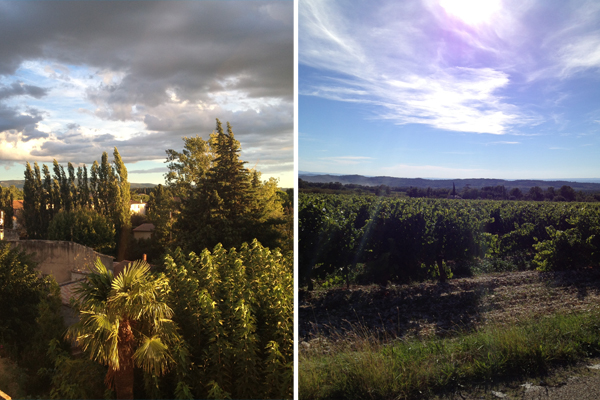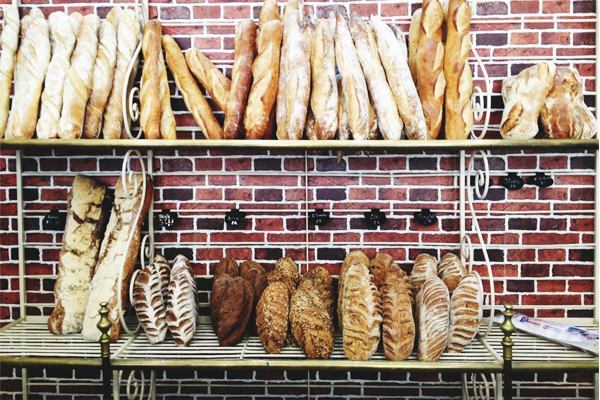We fell in love with Indian food when I was in seventh grade. By we, I somehow mean my entire world at once. Friends and family converged at this one Upper West Side restaurant, all of us craving potato samosas, saag paneer, and chicken tikka masala at the same time, and often. It was 1997, and I guess we’d been busy eating the cuisine of the 90s, whatever that was, and when it came to light that there were delicious and deeply flavorful stews and rice pilafs, not to mention naan and poori, that we’d been missing all this time, we decided to eat our fill. We also all loved vegetarian main dishes, and Indian cuisine has got those aplenty.
Ever since those dinners, starting in middle school, I’ve loved Indian food-I’ve taken cooking classes, explored neighborhood restaurants, and tried my hand at curry pastes at home. Despite this, I haven’t branched out that much, menu-wise, in what I order at restaurants.
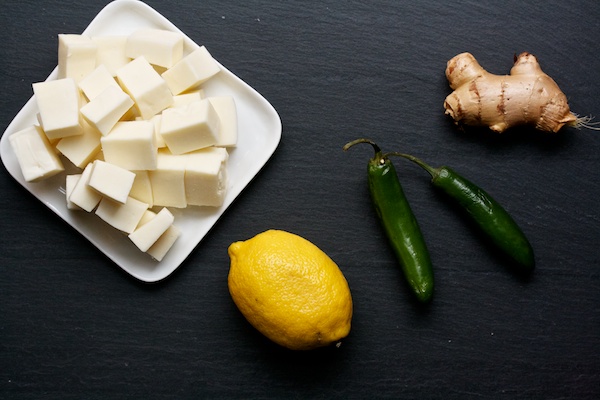
Then one cold night in January, I met my friend Anika for Indian food at a local place she’d found, and she-daughter of an excellent Indian home cook-told me that there was a new dish she’d never had til recently. She introduced me to paneer bhurji that night, and in a way it made me fall in love with Indian food all over again, the vast array of sub-cuisines and whole undiscovered dishes (which makes sense, since India is enormous and diverse!). Thanks to this paneer preparation, I jumped back into my at-home Indian cooking journey and decided I’d figure out how to make paneer bhurji at home. Like vegetable korma, paneer bhurji is a meatless dish that pairs beautifully with warm naan.
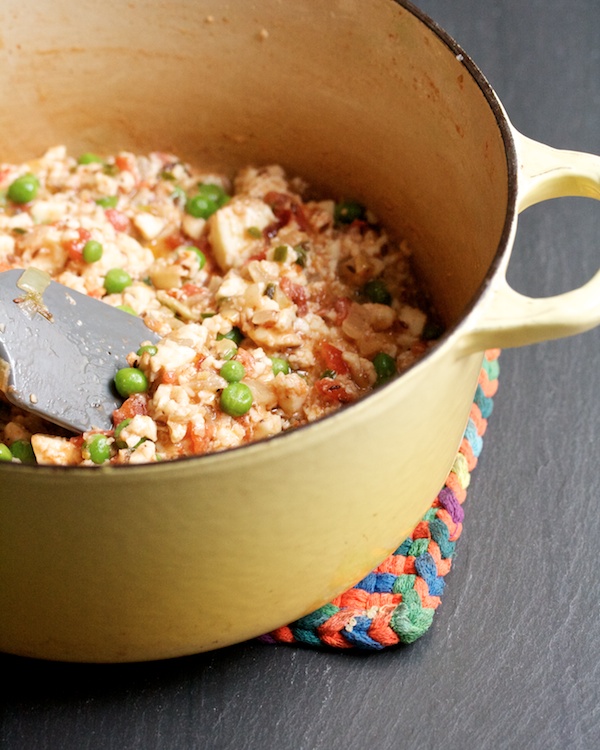
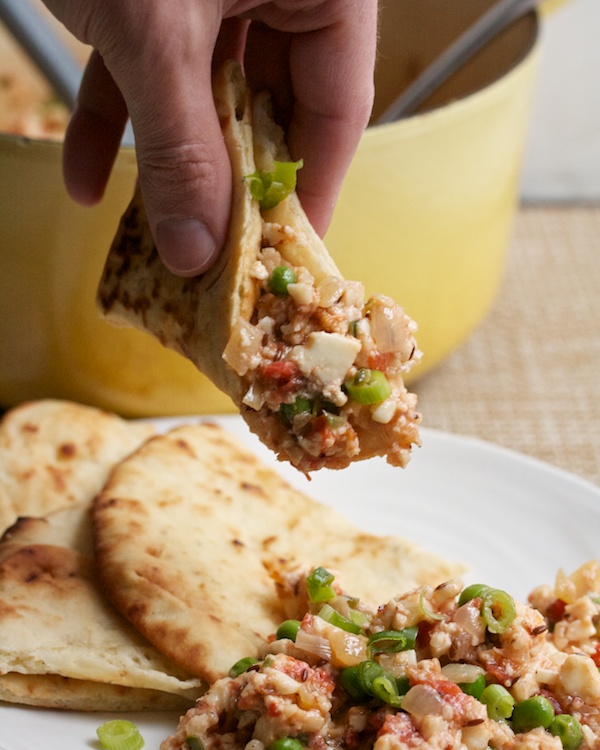
Paneer bhurji uses paneer, the blank slate that many Indian vegetarian meals center around. I’m sure you’ve eaten your fill of saag paneer, but maybe not tried paneer in other ways. I hadn’t either. But here, instead of being fried in whole cubes, the paneer gets crumbled and scrambled, and the result is totally different. The flavor given to the blank slate derives from cumin, toasted in oil at the beginning, pinches of a couple other spices in the vein of garam masala, then lemon to balance the flavors. Essentially, this is a simple dish, something you might eat for weekend lunch instead of scrambled eggs. In the summer, you could throw in seasonal vegetables and nix the peas.
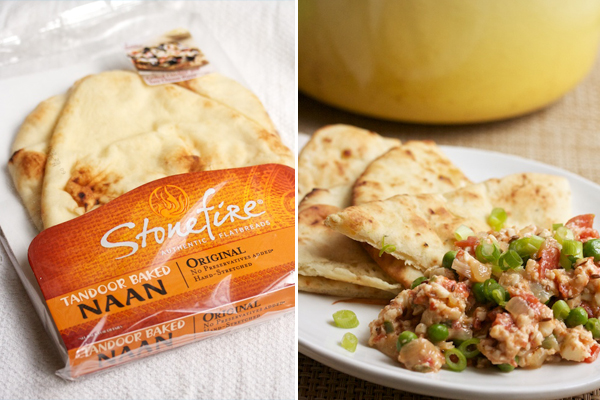
Unlike paneer dishes, naan is hard to make at home, and that’s where Stonefire comes in. The company makes traditional naan in its high-tech ovens, which mimic the intense heat of an actual ancient tandoor oven, a heat that can’t be replicated in a home kitchen. I like to keep the naan in the freezer (it comes in four flavors), then warm in my oven and brush butter before serving. Stonefire’s recipe uses both buttermilk and ghee and gets its teardrop shape from being hand stretched. Also, naan can be a great last-minute crust for pizza!
This post was sponsored by Stonefire. Figure out where to get your own naan on Stonefire’s store finder. Thanks for supporting the sponsors that keep Big Girls, Small Kitchen delicious!
![]() (to be supplemented with a visit to South Dakota and a read through On the Rez
(to be supplemented with a visit to South Dakota and a read through On the Rez![]() )
)


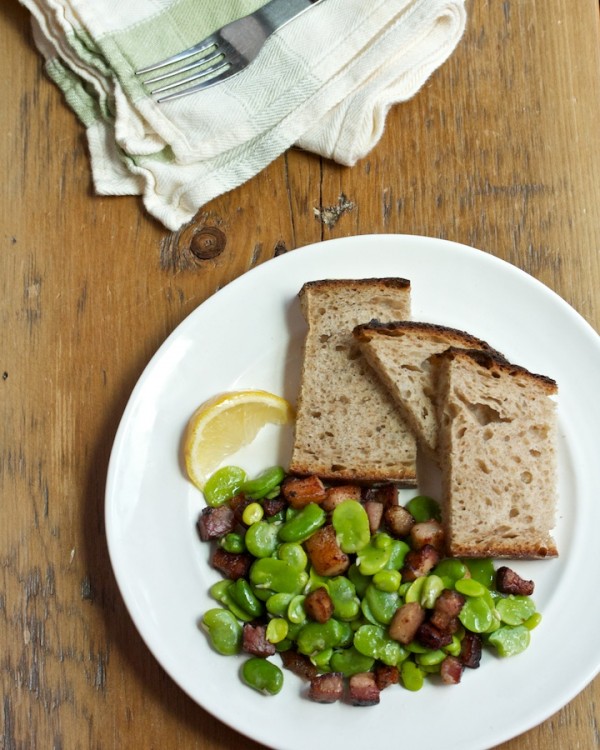
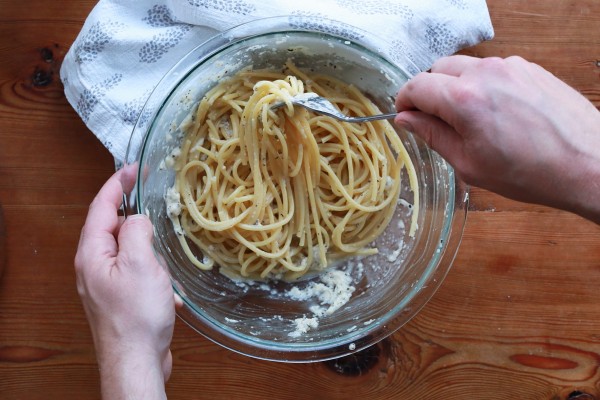
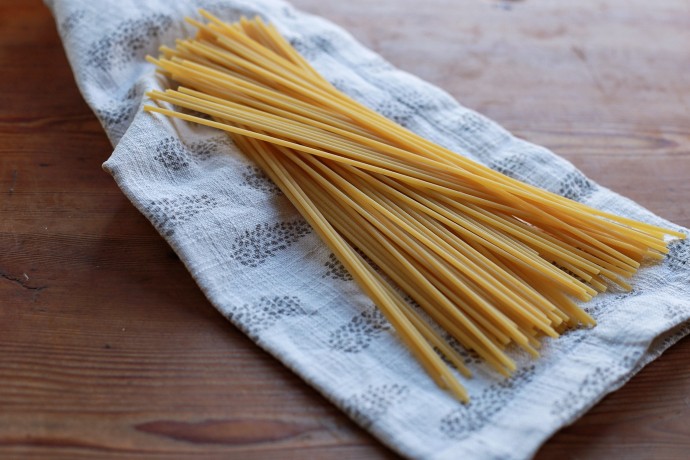
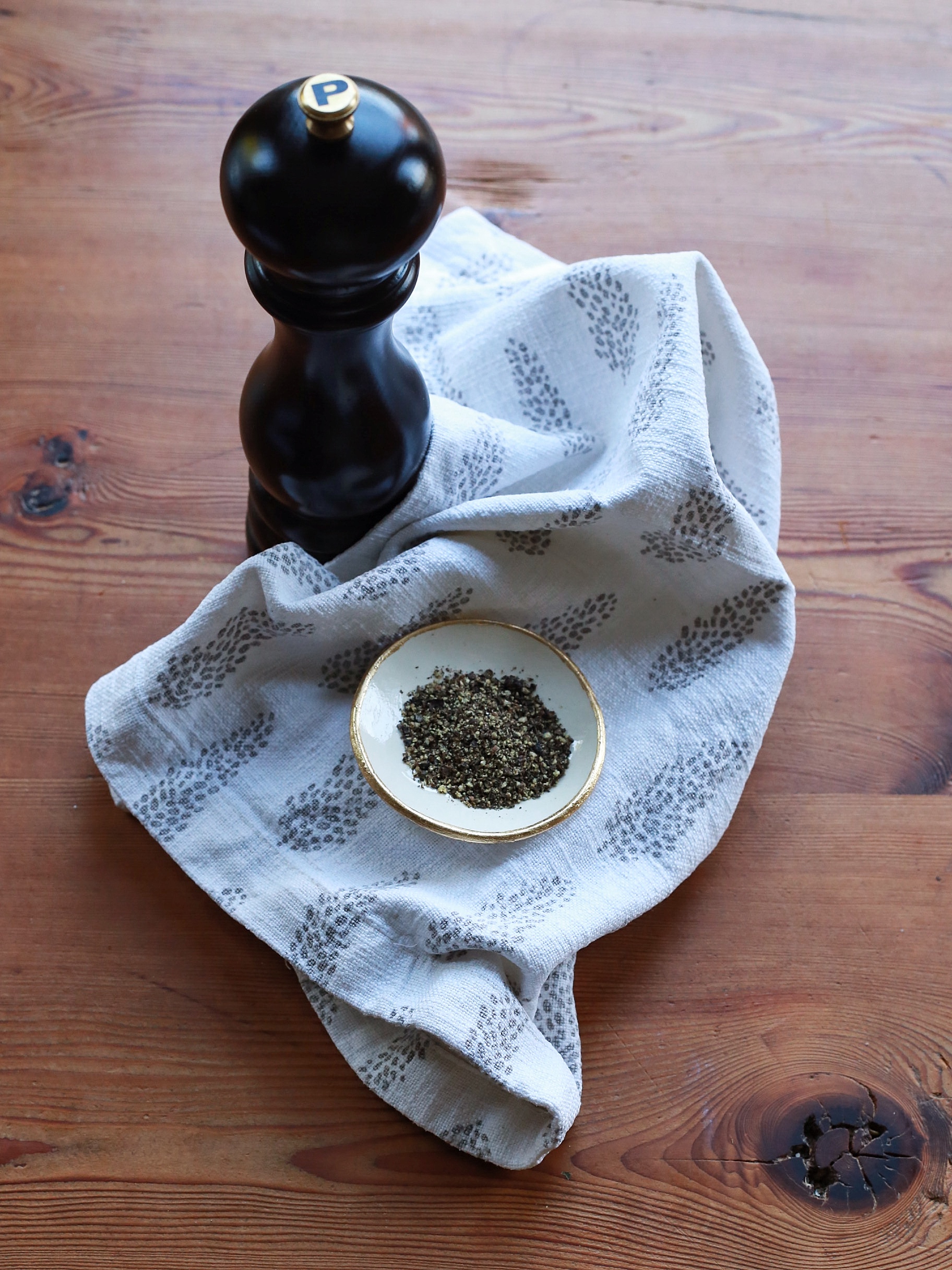
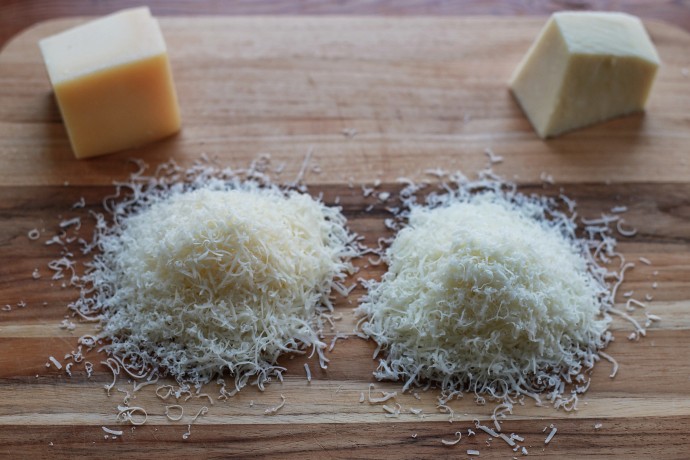
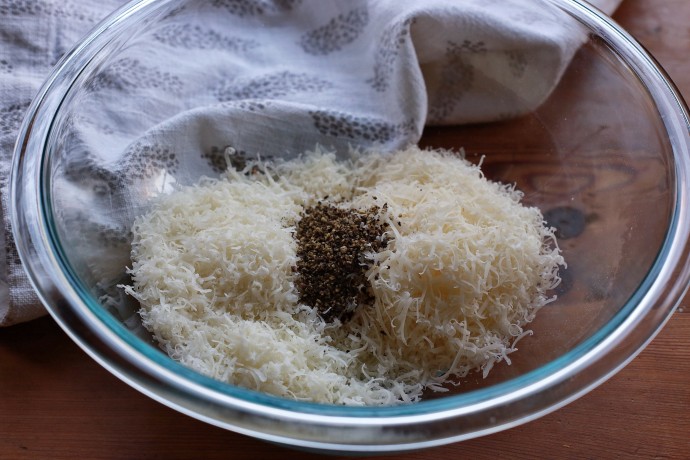
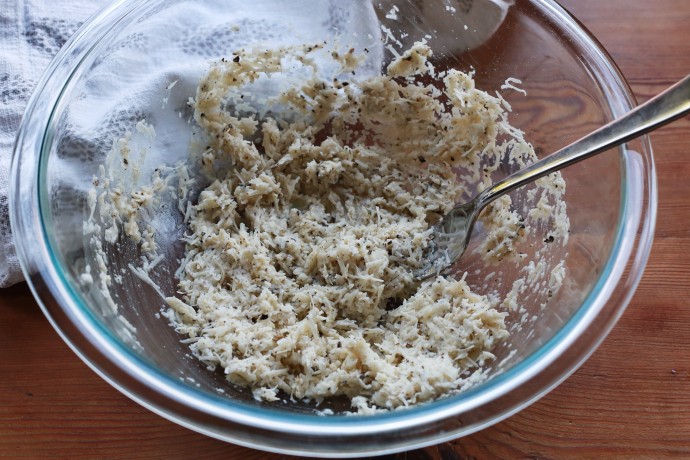
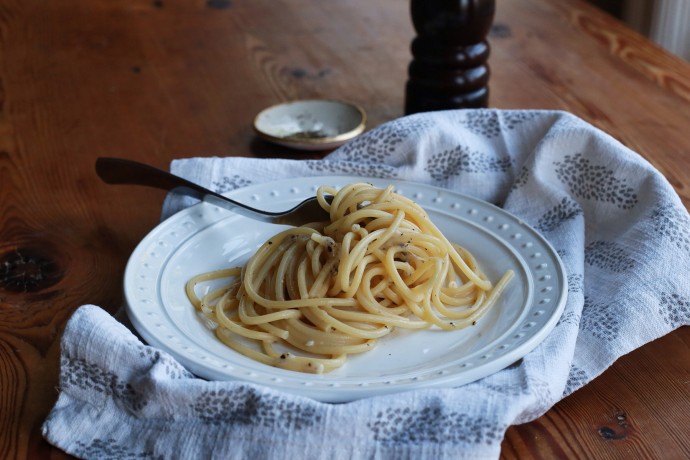
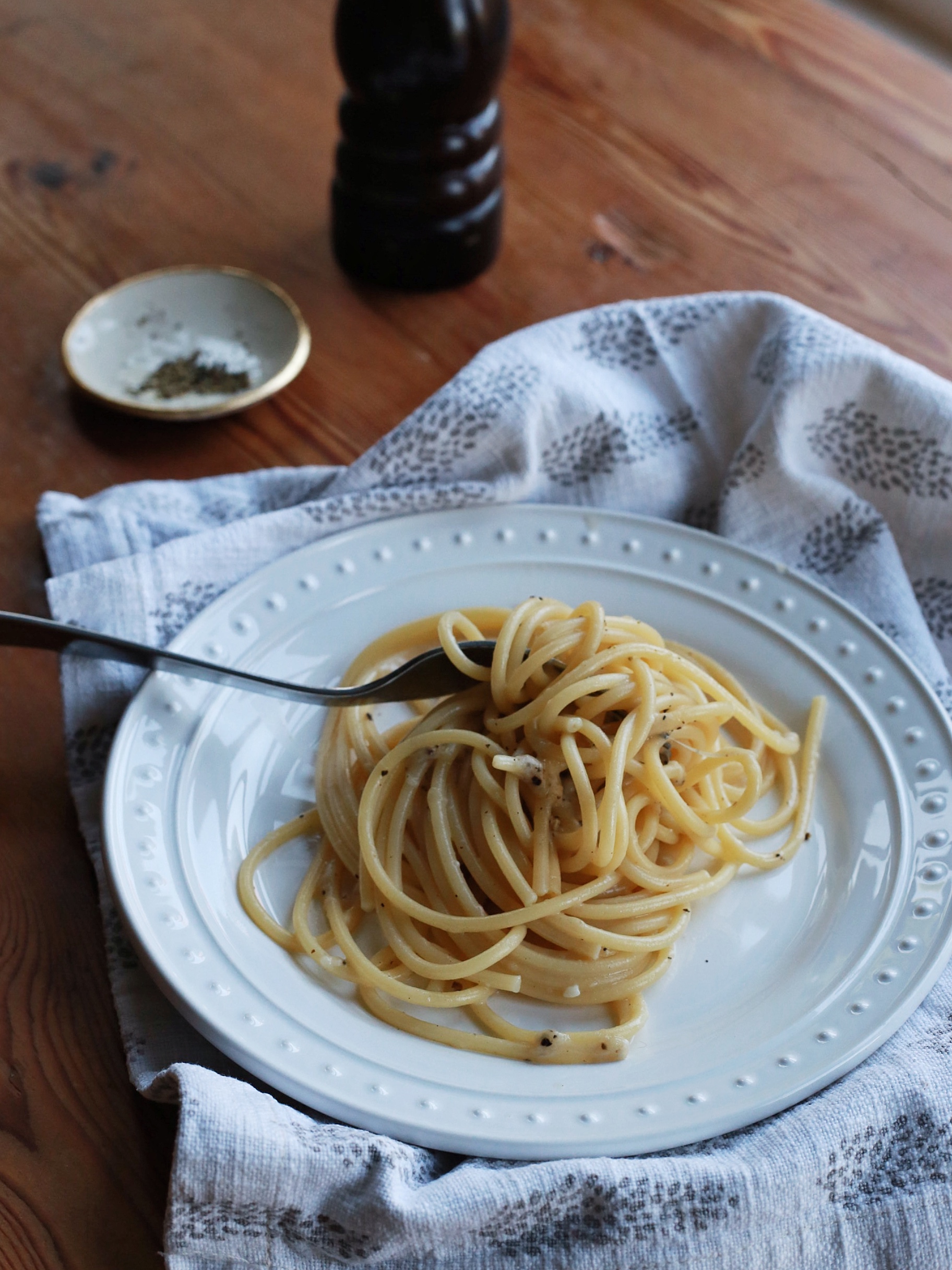
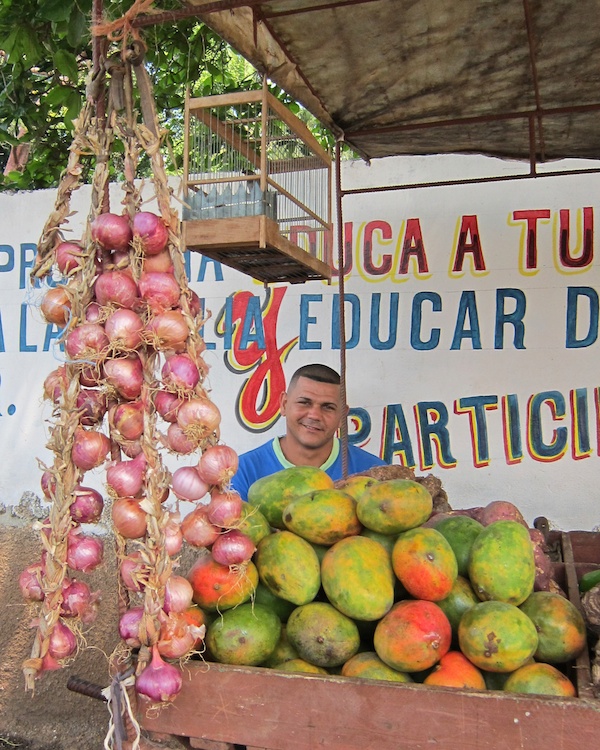
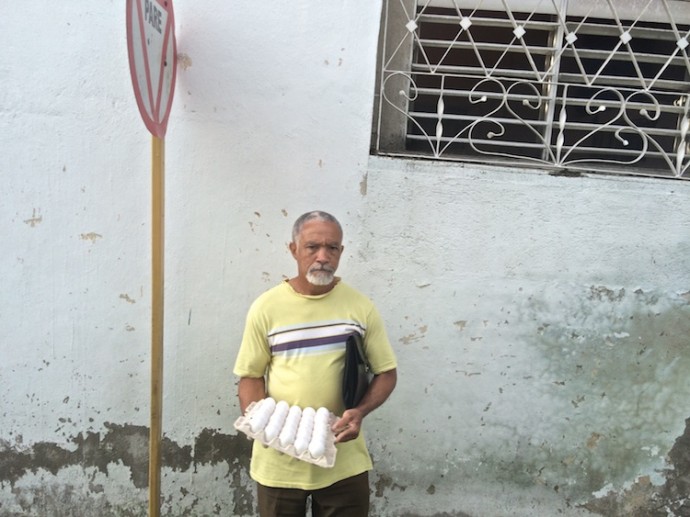
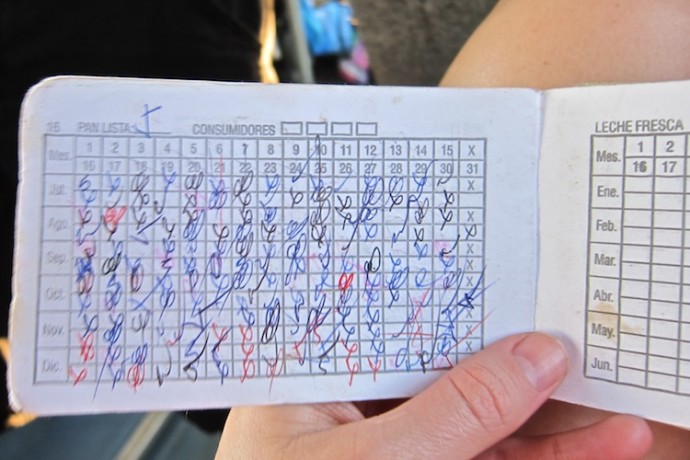

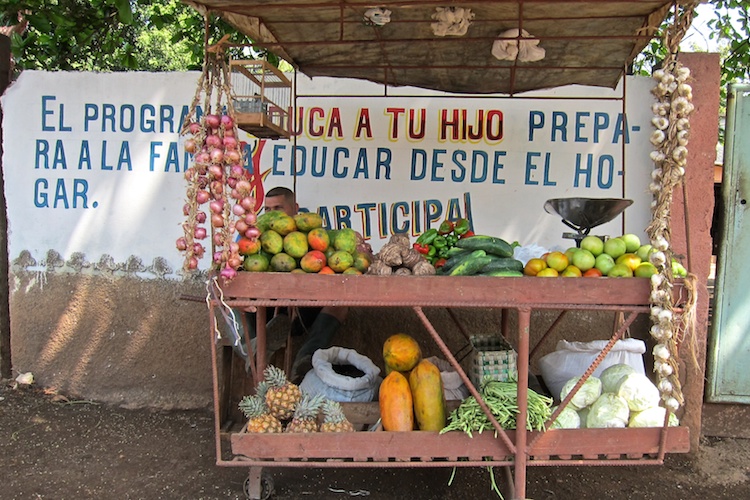
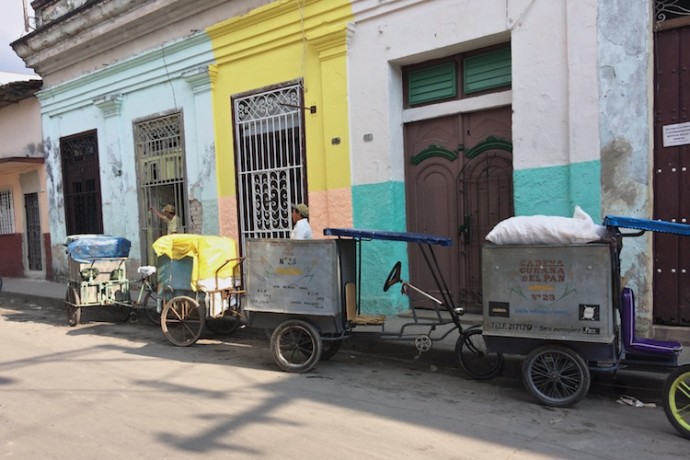
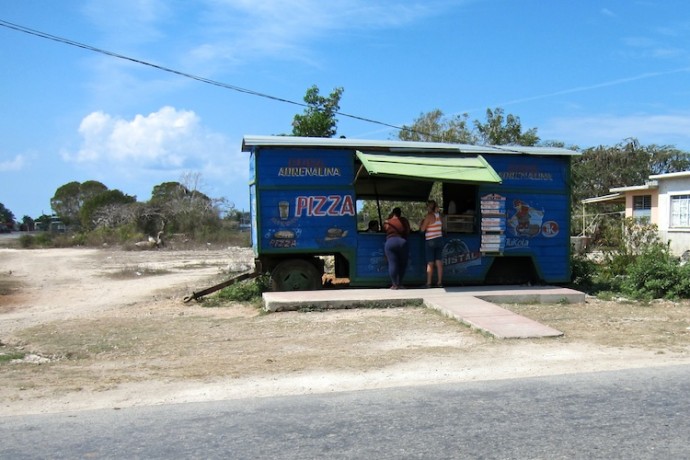
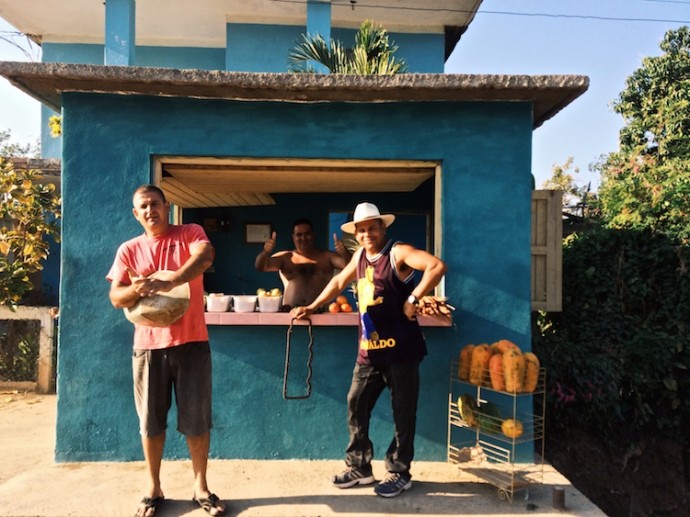
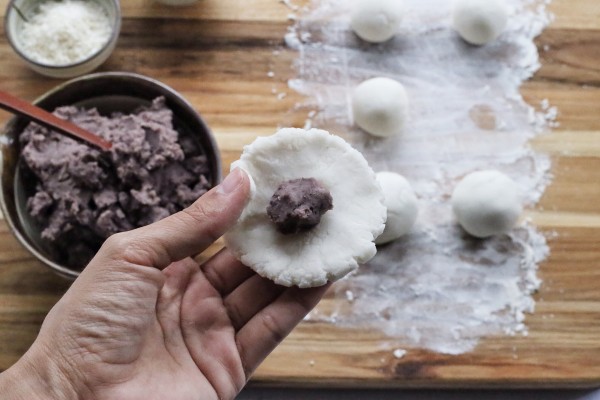
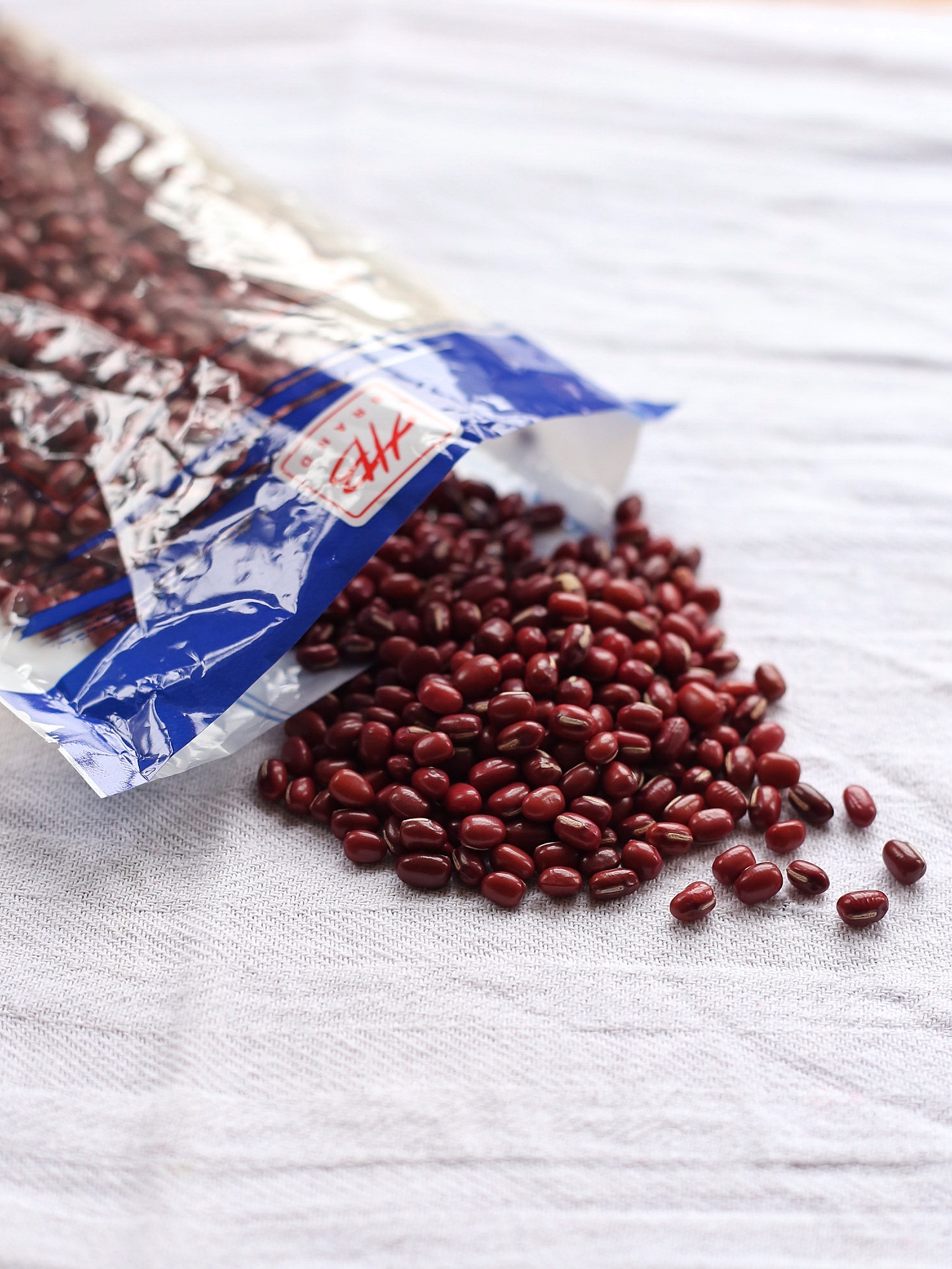
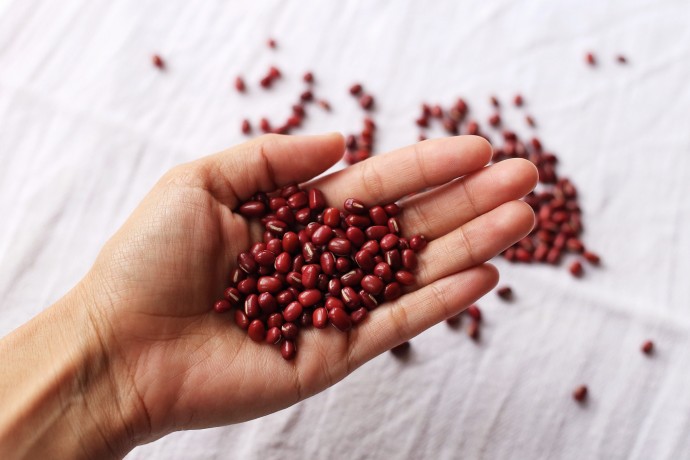
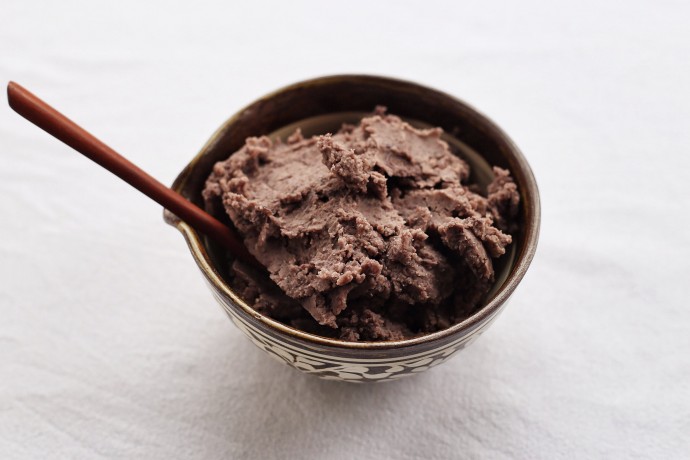 The first time I tasted sweet red bean paste, I nearly choked. It was the summer of 2006, the air was thick with humidity and the sound of cicadas. Everywhere around me were bright lights, loud music, street carts, and hired girls dancing in front of an electronics shop as part of the grand opening celebration. I had recently moved to Seoul in a post-graduation flurry and planned to spend the next 12 months writing, applying to grad schools, and teaching English.
The first time I tasted sweet red bean paste, I nearly choked. It was the summer of 2006, the air was thick with humidity and the sound of cicadas. Everywhere around me were bright lights, loud music, street carts, and hired girls dancing in front of an electronics shop as part of the grand opening celebration. I had recently moved to Seoul in a post-graduation flurry and planned to spend the next 12 months writing, applying to grad schools, and teaching English.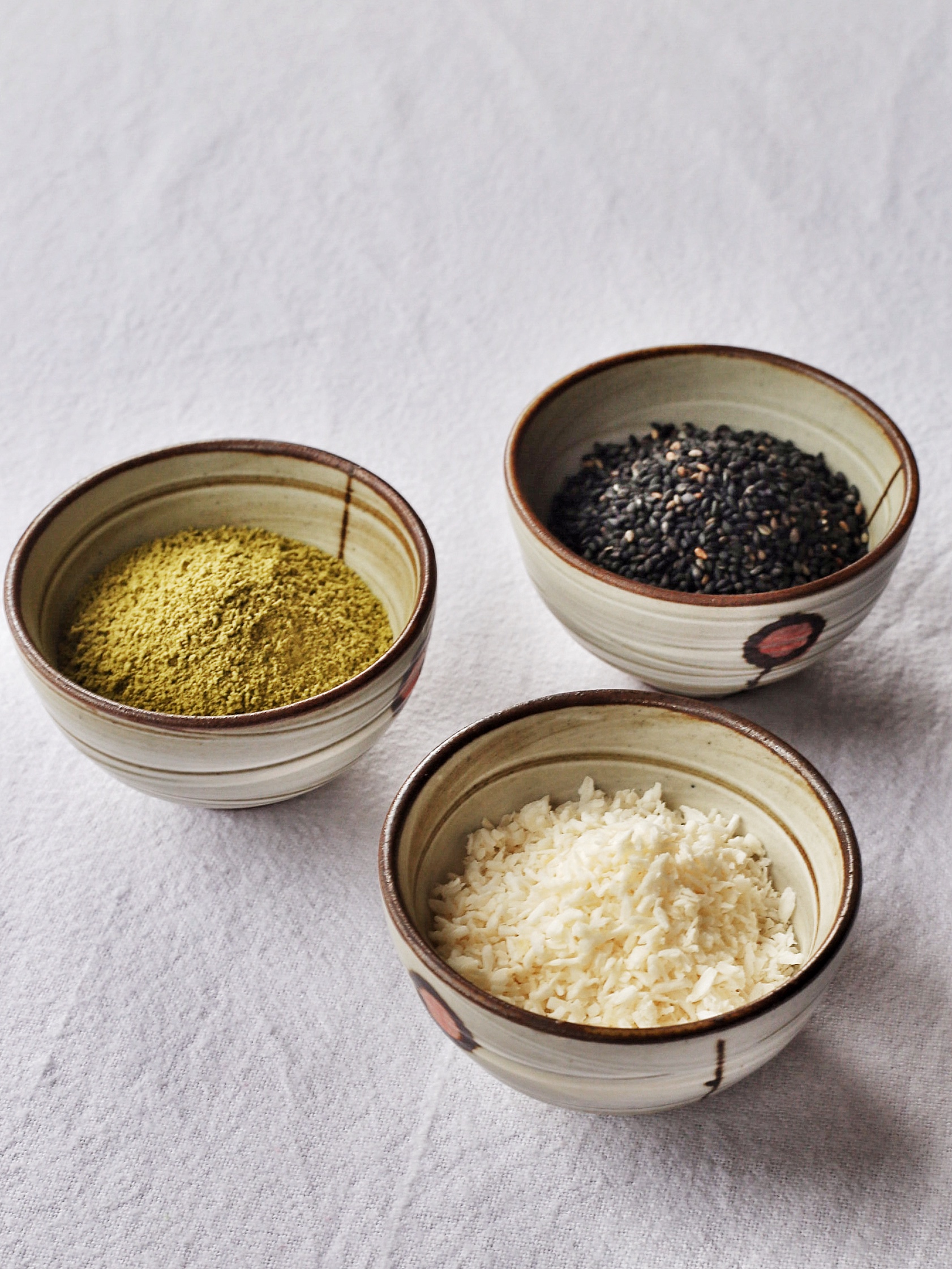
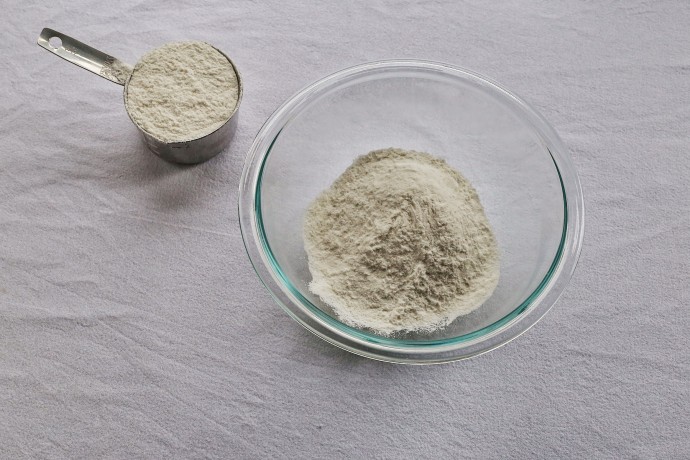
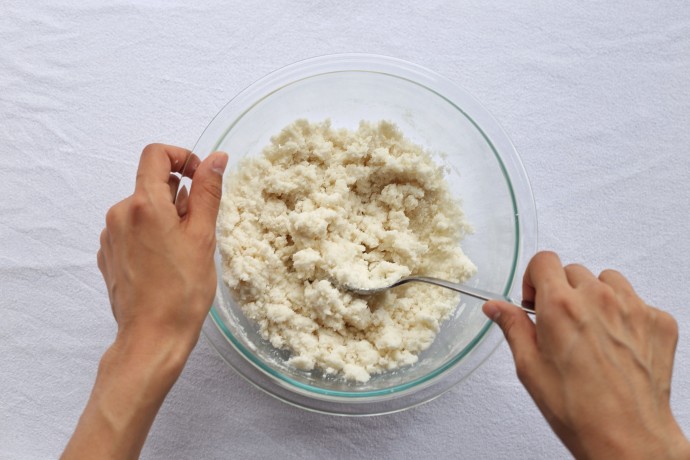 In September, during the Korean harvest festival Chuseok, I was confronted with the sweet red bean paste again when I received a box of songpyeon. The traditional moon-shaped Chuseok dessert is made with sweet rice flour and filled with the paste. I nimbly took a bite and found that I liked it. It wasn’t the kind of confection I had grown up with, but there was something about the sticky rice cake and the subtly sweet, earthy, protein-y richness of the red beans that appealed to my acclimating taste buds.
In September, during the Korean harvest festival Chuseok, I was confronted with the sweet red bean paste again when I received a box of songpyeon. The traditional moon-shaped Chuseok dessert is made with sweet rice flour and filled with the paste. I nimbly took a bite and found that I liked it. It wasn’t the kind of confection I had grown up with, but there was something about the sticky rice cake and the subtly sweet, earthy, protein-y richness of the red beans that appealed to my acclimating taste buds.